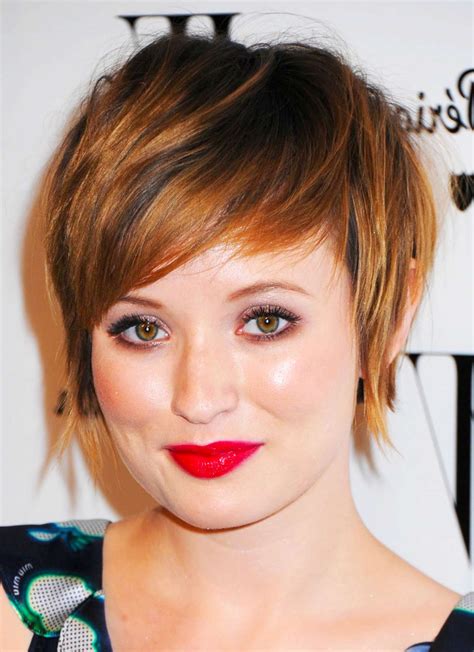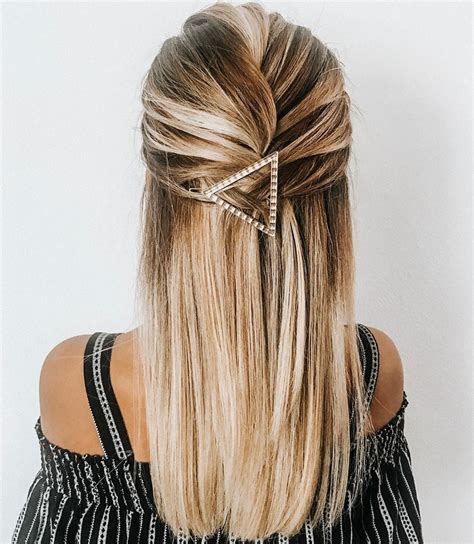Learn about cowlicks, their causes, effects on styling, celebrity tips, and effective products for managing them in this comprehensive blog post.
Understanding Cowlicks
Contents
Cowlicks are those frustrating little sections of hair that stand up or lay in the opposite direction to the rest of your hair. They are most commonly found at the crown of the head, although they can occur in other areas as well. These unruly strands can be caused by a variety of factors, including genetics, hair texture, and improper drying techniques.
When hair is wet, it is more malleable and susceptible to forming cowlicks while drying. Brushing or styling hair in a certain direction while it dries can cause the hair to “set” in that position, leading to the formation of a cowlick. Additionally, having a natural hair growth pattern that is resistant to being tamed can also contribute to cowlicks.
Understanding the causes of cowlick formation is the first step in learning how to manage them effectively. By recognizing the role that genetics, hair texture, and styling techniques play in the development of cowlicks, individuals can begin to explore methods for taming and managing these stubborn sections of hair.
Causes of Cowlick Formation
Cowlicks are a common hair nuisance that many people struggle with on a daily basis. Understanding the causes of cowlick formation can help individuals better manage and style their hair in a way that reduces the appearance of these stubborn hair patterns. One of the primary causes of cowlicks is the direction in which hair grows. Genetics play a significant role in determining the pattern and direction of hair growth, which can result in the formation of cowlicks. Additionally, the texture and thickness of hair can also contribute to the development of cowlicks, as thicker and coarser hair types are more prone to cowlicks. Overall, cowlick formation is largely determined by a combination of genetic factors and hair characteristics.
Another common cause of cowlick formation is the natural growth patterns of the scalp. The crown of the head, in particular, is a common area for the development of cowlicks due to the circular growth pattern of hair follicles in this area. As hair grows in various directions and at different angles on the scalp, it can result in the formation of cowlicks. Additionally, the positioning of hair whorls on the scalp can also contribute to cowlick formation, as the convergence of hair growth in a single area can create a noticeable cowlick.
In some cases, external factors such as frequent hair manipulation and styling can also contribute to the formation of cowlicks. Overstyling hair in a single direction, especially against the natural growth pattern, can cause the hair to become trained to form a cowlick. Furthermore, using excessive heat and hair products on the hair can alter the natural texture and direction of hair growth, creating cowlicks as a result.
It’s important for individuals to understand that the causes of cowlick formation are not entirely within their control. While proper hair care and styling techniques can help minimize the appearance of cowlicks, genetic and natural growth patterns ultimately play a significant role in the development of cowlicks. By identifying the specific causes of their cowlicks, individuals can better tailor their hair care routines and styling techniques to manage and control the effects of cowlick formation.
Effects of Cowlicks on Hairstyling
Effects of Cowlicks on Hairstyling
A cowlick can be a real challenge when it comes to hairstyling. It is a section of hair that stands straight up or lies at an odd angle, creating a unique disruption in the overall hairstyle. When left untreated, cowlicks can make it difficult to achieve the desired look and can lead to frustration for those who struggle with them.
One of the biggest effects of cowlicks on hairstyling is the difficulty in achieving a sleek, polished look. Whether you are trying to create a smooth, straight style or a neat updo, cowlicks can disrupt the overall appearance. They can also make it difficult to maintain volume or manage frizz, leading to a less-than-perfect end result.
Cowlicks can also affect the way hair behaves throughout the day. Because they create irregular patterns in the hair, they can lead to unruly strands that stick out and refuse to cooperate. This can be especially frustrating for those who put time and effort into styling their hair, only to have it look messy and unkempt due to cowlicks.
Another effect of cowlicks on hairstyling is the limited options for certain hairstyles. For example, individuals with a prominent cowlick may find it difficult to wear certain bang styles or part their hair in a specific way. This can limit their choices when it comes to experimenting with different looks and trends.
In conclusion, cowlicks can have a significant impact on hairstyling, making it more challenging to achieve the desired look and maintain a polished appearance. Understanding the effects of cowlicks can help individuals explore different styling techniques and products to manage them effectively.
Celebrity Tips for Taming Cowlicks
Do you ever struggle with pesky cowlicks that seem impossible to tame? Well, you’re not alone! Even celebrities have to deal with this common hair dilemma. Fortunately, many famous individuals have shared their tips and tricks for managing cowlicks, so you can learn from the best and achieve a sleek, polished look.
One effective tip comes from Jennifer Aniston, who suggests using a small amount of styling gel or mousse to keep cowlicks in place. By applying the product to damp hair and blow-drying in the opposite direction of the cowlick, you can smooth out the unruly spot for a more controlled hairstyle.
Another celebrity known for her flawless hair, Reese Witherspoon, recommends using a round brush and a blow dryer to tackle cowlicks. By directing the heat of the blow dryer onto the cowlick while brushing in the opposite direction, you can train the hair to lay flat and create a sleek, polished look.
Additionally, Halle Berry advises using a flat iron to smooth out cowlicks, ensuring that the heat is concentrated on the unruly area. By gently pressing the flat iron in the direction opposite of the cowlick, you can straighten out the hair and achieve a more streamlined appearance.
By learning from these celebrity tips and incorporating them into your hairstyling routine, you can effectively manage and tame your cowlicks for a more polished and put-together look. With the right techniques and products, you can conquer unruly cowlicks and achieve the sleek hairstyle you desire.
Effective Products for Managing Cowlicks
A cowlick is a section of hair that stands straight up or grows at an angle against the natural direction of the hair, which can be frustrating for many people when trying to style their hair. There are several products available on the market that can help manage and tame cowlicks, allowing for a smoother and more polished hairstyle.
One effective product for managing cowlicks is the use of anti-frizz serums. These serums are designed to smooth the hair cuticle, reducing the appearance of frizz and making it easier to control difficult hair patterns such as cowlicks. By applying a small amount of anti-frizz serum to the affected area, individuals can help weigh down their cowlick and keep it in place.
Another helpful product for dealing with cowlicks is a styling gel or pomade. These products are designed to provide hold and structure to the hair, making it easier to manipulate and style stubborn sections such as cowlicks. By applying a small amount of styling gel or pomade to the cowlick and combing it into place, individuals can help keep their hair under control throughout the day.
Blow drying can also be an effective technique for managing cowlicks. By using a round brush and directing the airflow in the opposite direction of the cowlick, individuals can help to smooth out the hair and train it to lay in the desired direction. This can be especially effective when used in combination with other styling products such as anti-frizz serums or styling gels.
Lastly, hair spray can be a useful product for managing cowlicks, providing extra hold and control to keep the hair in place. By applying a light mist of hair spray to the cowlick after styling, individuals can help ensure that their hairstyle stays in place throughout the day, even in the face of stubborn cowlicks.











